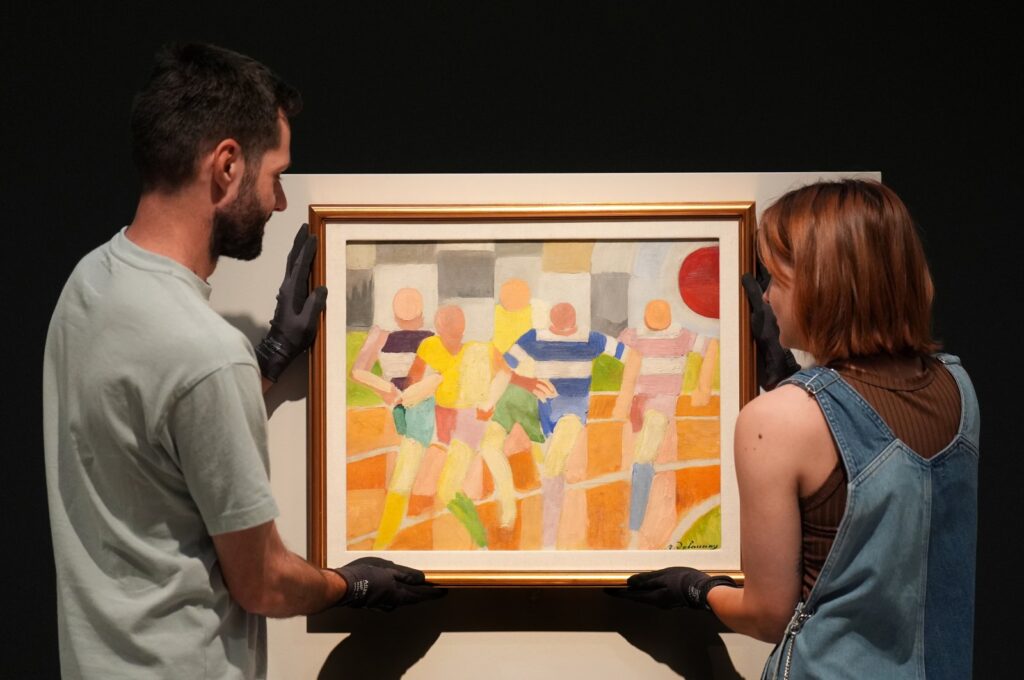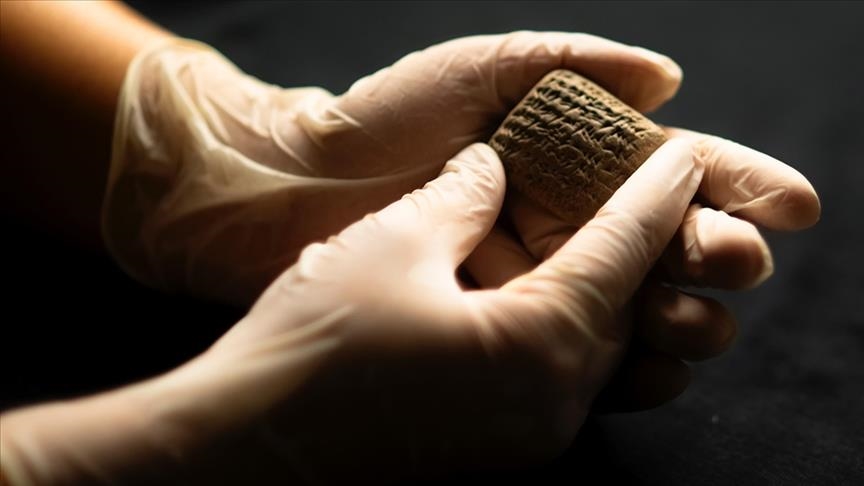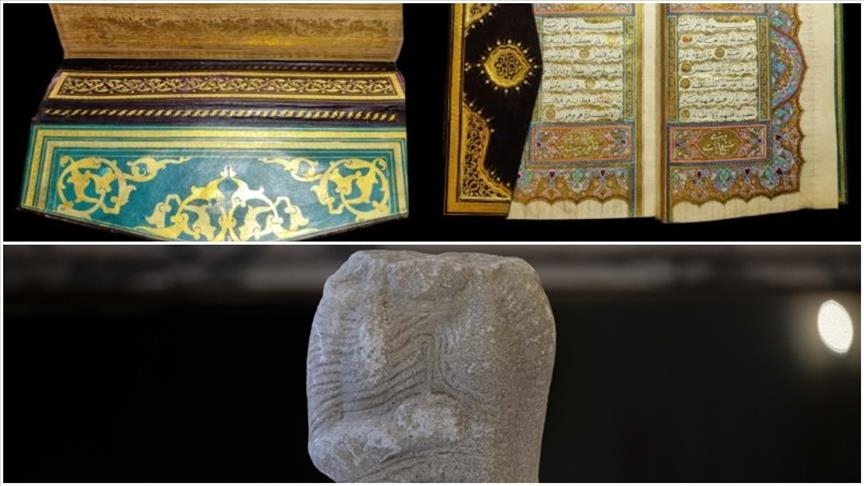
MALATYA, Turkey (AA): An exhibition that features tile and miniature works depicting the figures unearthed in the 7,000-year-old ancient mound of Arslantepe has opened in eastern Malatya province.
Prepared by associate professor Funda Koçer of Atatürk University Fine Arts Faculty, Traditional Turkish Arts Department, “MYSTERY – Arslantepe Mound Tile Designs and Miniature Exhibition” has been presented to art lovers and history buffs at the Inönü University Congress and Culture Center.

The exhibition aims to transfer the general features of the UNESCO-listed Arslantepe by reflecting the stone decorations of the site on tile and miniature pieces. Comprising 45 works, the show will remain open until June 17.
The Arslantepe archaeological site in Malatya served as a settlement from 5,000 B.C. to the 11th century A.D. It was used as a Roman village during the fifth and sixth centuries A.D. and later served as a Byzantine necropolis. The site hosts various findings related to the birth of a state system and the transition from an egalitarian social structure to a hierarchical one.

According to the UNESCO website, Arslantepe is an “exceptional testimony to the first emergence of state society in the Near East.” In other words, the 4 hectares (40,000 square meters) and the 30-meter high archaeological site shows the fundamental changes in the formation process of the state in Eastern Anatolian and Mesopotamian societies.
The first excavations at the archaeological site were carried out by a French team headed by Louis Delaporte in 1931. Teams from the Sapienza University of Rome have been excavating the site on a regular basis since 1961. The conservation works at the site continue under the control of the Directorate General of Cultural Assets and Museums of the Ministry of Culture and Tourism, in coordination with the Malatya Provincial Directorate of Culture and Tourism, and Battalgazi University.

As a result of excavations in the late Hittite layers of the site, a courtyard decorated with low reliefs on stone, two lion statues on both sides of the entrance gate, as well as a statue of the Hittite king Tarhunza and a late Hittite palace were unearthed. Other findings include an adobe palace dating back to 3,300-3,000 B.C., a 3,200-year-old ivory tablet, a temple dating back to 3,600-3,500 B.C., more than 2,000 seal prints, a 5,700-year-old child skeleton and high-quality metal objects.
Arslantepe, meaning Lion Hill in Turkish, had been on the UNESCO’s World Heritage Tentative List since 2014. The archaeological mound was added to the UNESCO World Heritage List on July 26, 2021. The decision to add the Arslantepe Mound was made during the Extended 44th UNESCO World Heritage Committee online session in Fuzhou, China.
The post Exhibit introduces Arslantepe Mound’s figures on tiles, miniatures appeared first on The Frontier Post.








